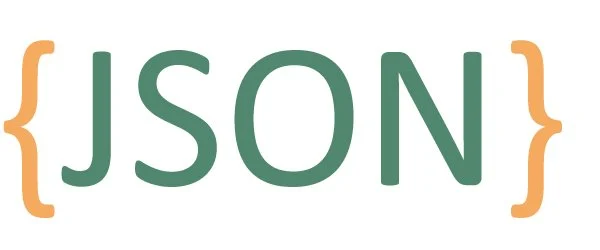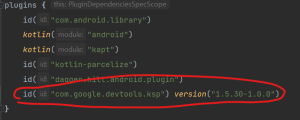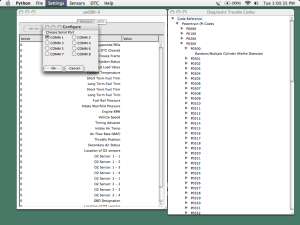JSON, short for JavaScript Object Notation, is a lightweight data interchange format that has become increasingly popular in recent years. It is easy to read and write, and it can be used to transfer data between web applications and servers. JSON is often used as an alternative to XML, which is more verbose and can be more difficult to work with.
JSON was first introduced in 2001 by Douglas Crockford, a computer programmer and web developer. Crockford developed JSON as a way to transfer data between JavaScript programs and web servers. JSON is based on a subset of the JavaScript programming language, and it is designed to be easy for humans to read and write.
One of the main advantages of JSON is its simplicity. JSON data is represented as a collection of key-value pairs, with the keys being strings and the values being either strings, numbers, boolean values, arrays, or other JSON objects. This simplicity makes JSON easy to read and write, and it also makes it easy to parse and generate JSON data using a variety of programming languages.
Another advantage of JSON is its flexibility. JSON can be used to represent a wide range of data types and structures, including nested objects and arrays. This flexibility makes JSON a popular choice for web developers who need to transfer data between different systems and applications.
JSON is also well-supported by a wide range of programming languages and tools. Most modern programming languages have built-in support for parsing and generating JSON data, and there are also many third-party libraries and tools available for working with JSON.
In addition to its simplicity and flexibility, JSON is also a very lightweight format. JSON data is typically much smaller than equivalent XML data, which can make it faster and more efficient to transfer over the web.
Despite its many advantages, JSON does have some limitations. For example, it does not support comments or namespaces, and it is not well-suited for representing complex data structures. However, for many web developers, the simplicity, flexibility, and efficiency of JSON make it a highly attractive choice for data interchange.
In conclusion, JSON is a lightweight, flexible, and easy-to-use data interchange format that has become increasingly popular in recent years. Its simplicity and flexibility make it a popular choice for web developers who need to transfer data between different systems and applications, and its wide support by programming languages and tools make it an attractive option for a wide range of projects.
Advantages
- Human-readable: JSON data is easy for humans to read and understand, as it uses a simple syntax that is similar to JavaScript object notation. This makes it easy to work with and debug, as well as to transfer data between different systems.
- Lightweight: JSON data is typically much smaller than equivalent XML data, which makes it faster and more efficient to transfer over the web. This is particularly important for web applications that need to transfer large amounts of data between servers and clients.
- Flexible: JSON can represent a wide range of data structures, including nested objects and arrays. This makes it a popular choice for web developers who need to transfer data between different systems and applications.
- Easy to use: JSON is simple to parse and generate using a variety of programming languages. Most modern programming languages have built-in support for working with JSON data, which makes it easy for developers to incorporate JSON into their projects.
- Compatible: JSON is compatible with a wide range of web technologies and protocols, including HTTP, REST, and AJAX. This makes it a popular choice for web developers who need to integrate their applications with other web services and APIs.
- Well-supported: JSON has a large and active community of developers who contribute to open source projects and provide support for using JSON in a variety of applications and systems. This means that there are many resources available for developers who need help with using JSON.
- Easy to extend: JSON can be easily extended to support custom data types and structures, making it a flexible choice for web developers who need to represent complex data in their applications.
Overall, JSON is a popular and versatile data interchange format that offers many advantages for web developers. Its simplicity, flexibility, and efficiency make it a popular choice for data transfer between web applications and servers.
Disadvantages
While JSON has many advantages, it also has some disadvantages that should be considered:
- No validation: JSON does not provide a built-in way to validate the structure or content of data. This means that developers must rely on their own validation code or third-party libraries to ensure that the JSON data is correctly formatted and contains the expected values.
- Limited schema support: Unlike XML, JSON does not have a standardized schema language for defining and validating data structures. This can make it more difficult to enforce data validation rules and to ensure that data is correctly formatted.
- Security concerns: JSON data is often used in web applications to transfer sensitive information between servers and clients. However, JSON data is vulnerable to common web application attacks, such as cross-site scripting (XSS) and SQL injection, which can compromise the security of the application.
- No namespaces: JSON does not provide a way to namespace data elements, which can make it more difficult to manage and organize complex data structures.
- No comments: JSON does not support comments, which can make it more difficult to document and explain the meaning and structure of JSON data.
- Not suited for binary data: JSON is designed to represent text data, and it is not well-suited for representing binary data such as images or audio files.
Overall, while JSON has many benefits, it also has some limitations that developers should consider when choosing a data interchange format. In particular, developers should be aware of the lack of built-in validation and schema support, and the security concerns associated with using JSON in web applications.









